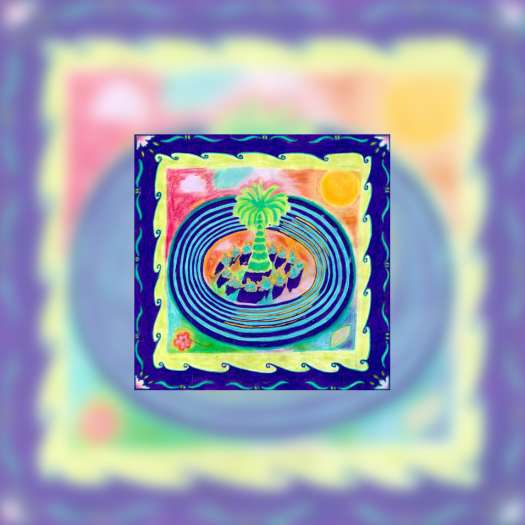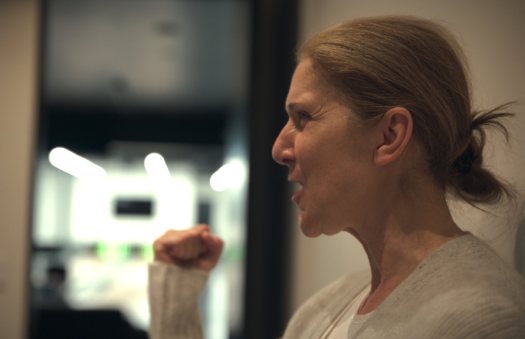That's the Way I Like It (formerly titled Don't Call Me John Travolta!) shows us the process of cultural cross-pollination in Singapore as a grocery store stock-boy named Hock goes from idolising Bruce Lee and thinking that "dancing is for queers," to donning a white leisure suit and becoming the king of the dance floor. The story takes place in 1977, when a screening of Forever Fever (Singapore's translated title for Saturday Night Fever), changes young Hock's life. Despite his fear of ridicule, he buys some tight pants and a silk shirt and signs up for a disco dancing class with his platonic girl friend Mei. From here on in, the movie proceeds as a fairly literal re-telling of the events of Saturday Night Fever painted in very broad strokes. Hock, just like Travolta's Tony, dumps cute-as-a-button Mei for the more elegant dancer, Julie, and sets his sights on winning the $5000 prize at the Galaxy Disco dance competition.
Oddly enough, the scenes on the dance floor in this movie may be even more fun than those in Saturday Night Fever, because you're witnessing the thrill of discovery rather than a jaded ritual. When Hock first finds himself alone in the spotlight, he gathers up his courage and strikes Travolta's trademark pose, and the crowd cheers in approval. It's a great moment, but there's still an unsettling effect to all of the unquestioned Americanisation on display. All of the disco music consists of awkward cover versions that strain to pass themselves off as the real thing. There's even a truly awful Travolta look-alike who acts as Hock's guardian angel; I guess he was trying to do a Brooklyn accent, but it comes out as sort of a New York/Alabama hybrid. That's the Way I Like It doesn't just embrace American pop culture, it swallows it whole on its most basic level. Without the Mean Streets grit of Saturday Night Fever, all that's left is flash and glitter and paint-by-numbers storytelling.
Oddly enough, the scenes on the dance floor in this movie may be even more fun than those in Saturday Night Fever, because you're witnessing the thrill of discovery rather than a jaded ritual. When Hock first finds himself alone in the spotlight, he gathers up his courage and strikes Travolta's trademark pose, and the crowd cheers in approval. It's a great moment, but there's still an unsettling effect to all of the unquestioned Americanisation on display. All of the disco music consists of awkward cover versions that strain to pass themselves off as the real thing. There's even a truly awful Travolta look-alike who acts as Hock's guardian angel; I guess he was trying to do a Brooklyn accent, but it comes out as sort of a New York/Alabama hybrid. That's the Way I Like It doesn't just embrace American pop culture, it swallows it whole on its most basic level. Without the Mean Streets grit of Saturday Night Fever, all that's left is flash and glitter and paint-by-numbers storytelling.




